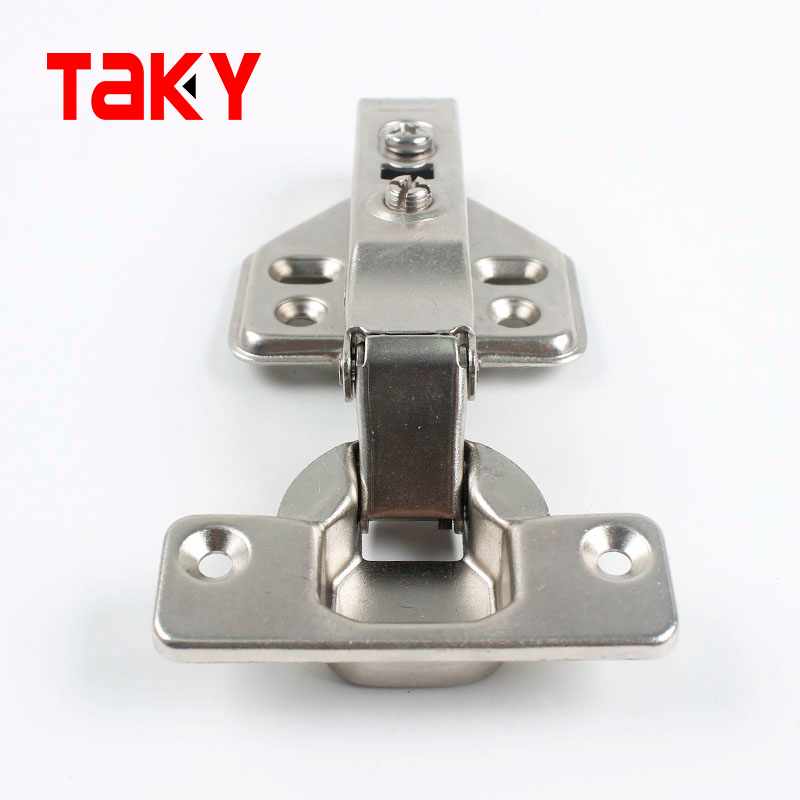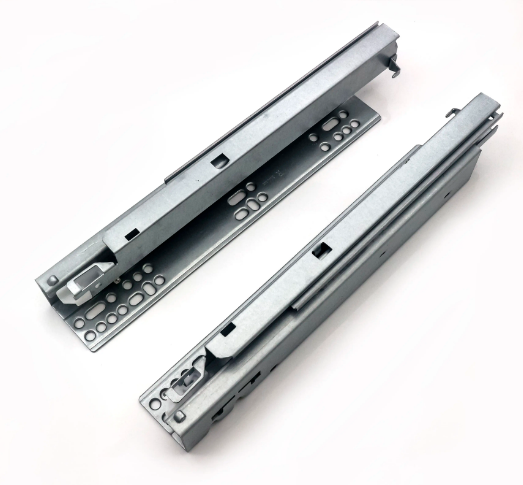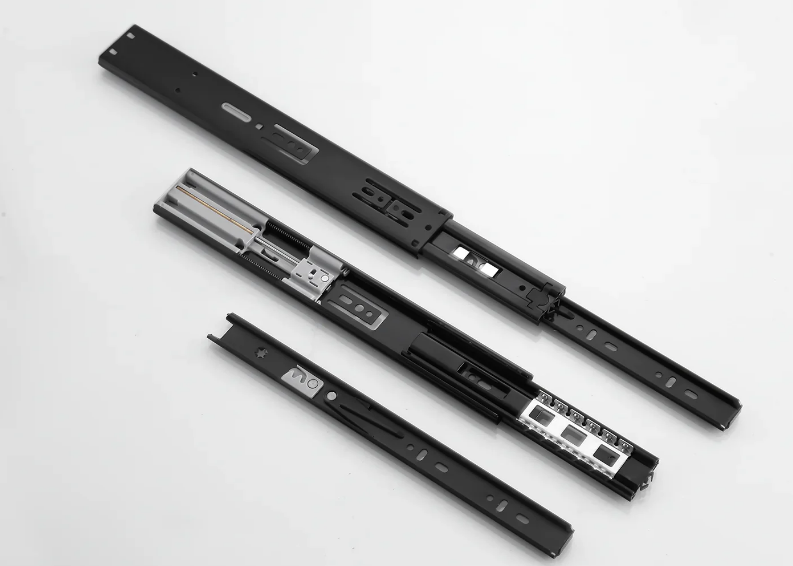
Cupboard door hinges are essential components in cabinetry and furniture, providing the mechanism for opening and closing doors smoothly and securely. They come in a variety of types, each designed to meet specific functional and aesthetic needs.
Installing cupboard door hinges may seem like a tricky task, but with the right tools and techniques, it can be done efficiently and with professional results. Whether you're doing a kitchen renovation or just fixing a wobbly cabinet door, getting the hinge placement and alignment right is key for smooth door operation. This guide will take you through the process of installing cupboard door hinges like a pro.
Tools and Materials You'll Need:
Hinges (concealed, butt, or other preferred types)
Drill
Screwdriver (manual or electric)
Tape measure
Pencil or marker
Hinge template or jig (optional but helpful)
Level
Screws (usually come with hinges)
Masking tape (optional for marking positions)
Types of Cupboard Door Hinges
1. Butt Hinges: These are the most common type of hinge, typically used for doors. They consist of two plates that align when closed and allow the door to swing open and shut.
2. Concealed Hinges: Often used in modern cabinetry, concealed hinges (or European hinges) are hidden from view when the cupboard door is closed. They offer a cleaner look and are adjustable for perfect alignment.
3. Overlay Hinges: These hinges are designed for doors that cover the cabinet frame. They come in different styles, including full overlay, half overlay, and inset, depending on how the door is positioned relative to the cabinet.
4. Soft-Close Hinges: Equipped with a damping mechanism, these hinges prevent doors from slamming shut, providing a smooth, quiet closing action.
5. Pivot Hinges: Used for doors that require a pivoting motion, these hinges are typically mounted at the top and bottom of a door rather than at the side.

Choosing the Right Hinge
When selecting cupboard door hinges, consider the following factors:
Style and Aesthetics: Choose hinges that complement the design and finish of your cabinetry.
Functionality: Consider the type of opening and closing action you need, such as soft-close or full overlay.
Load Capacity: Ensure the hinges can support the weight of the door.
Installation and Maintenance
Proper installation of cupboard door hinges is crucial for optimal performance. This includes precise alignment and securing the hinges firmly. Regular maintenance, such as tightening screws and lubricating moving parts, can prolong their lifespan and ensure smooth operation.





Write a comment ...